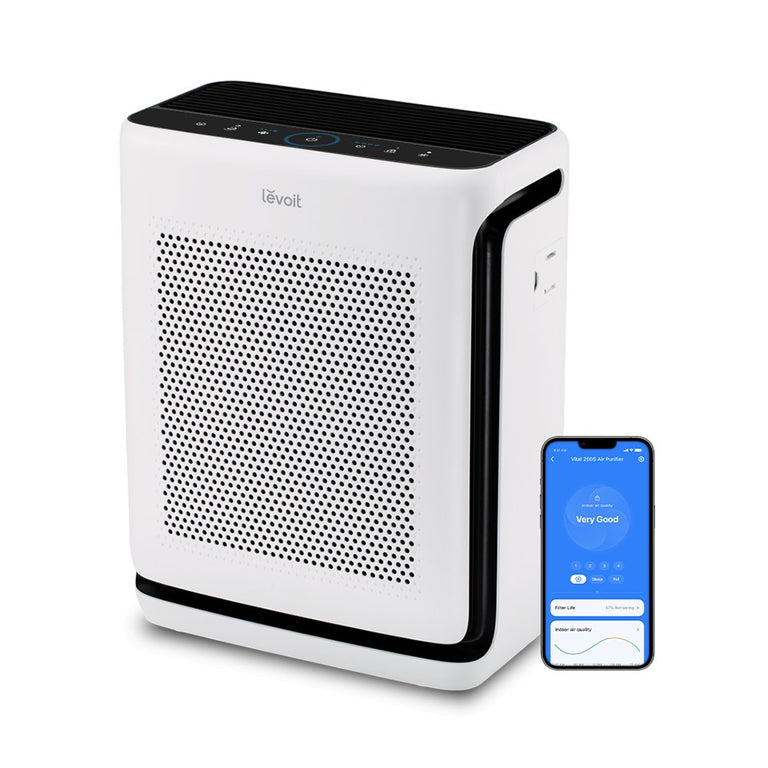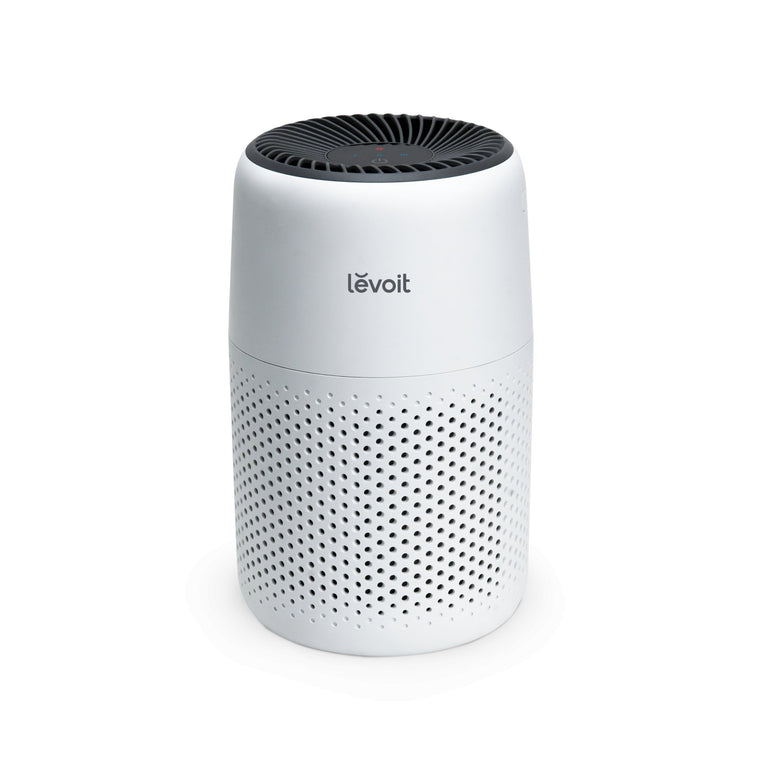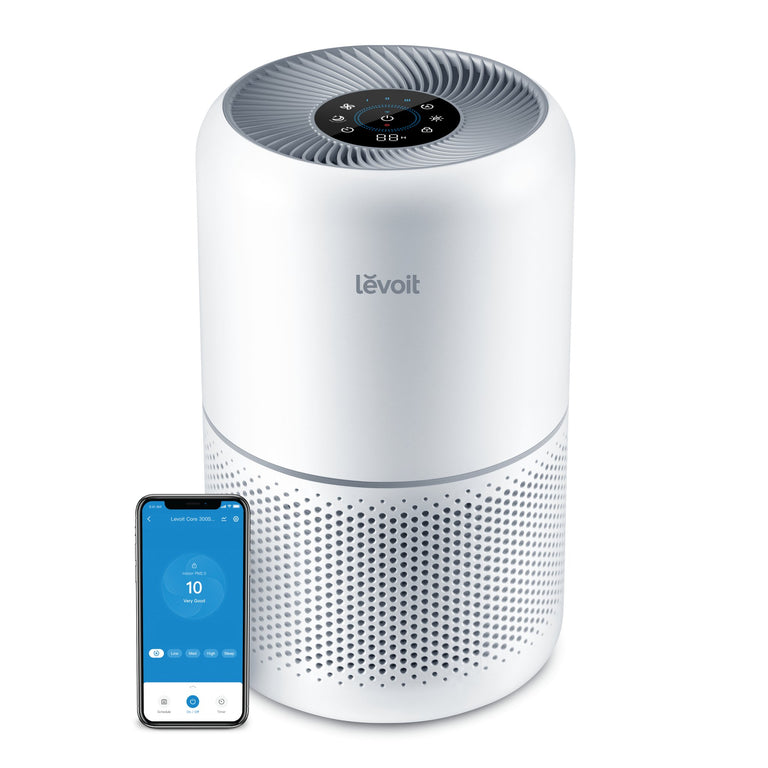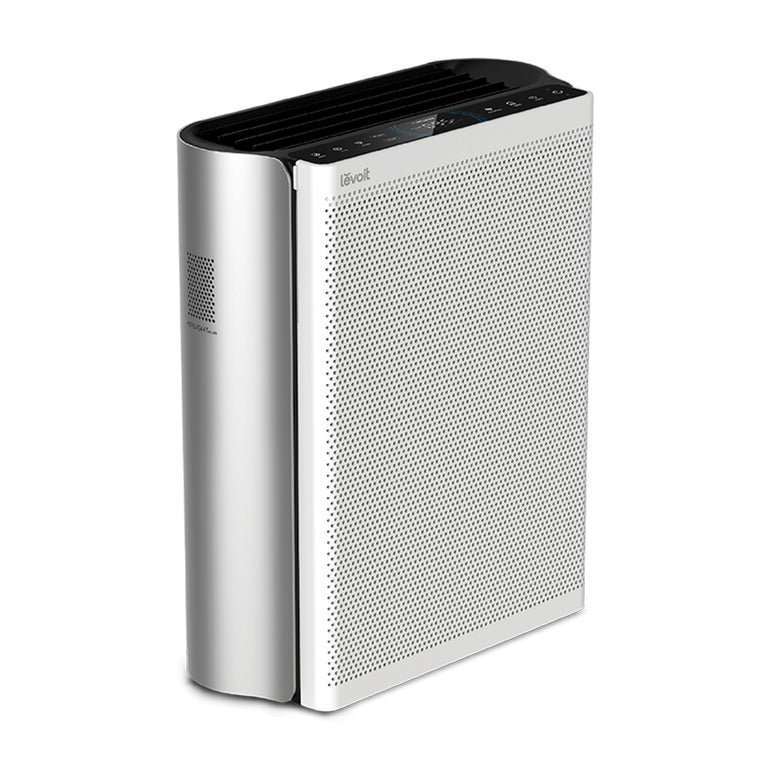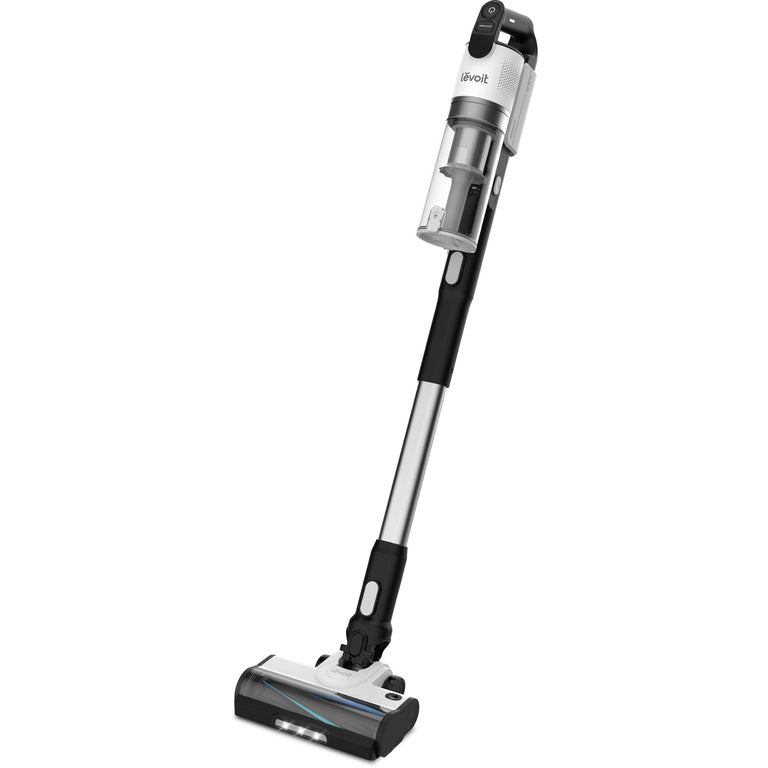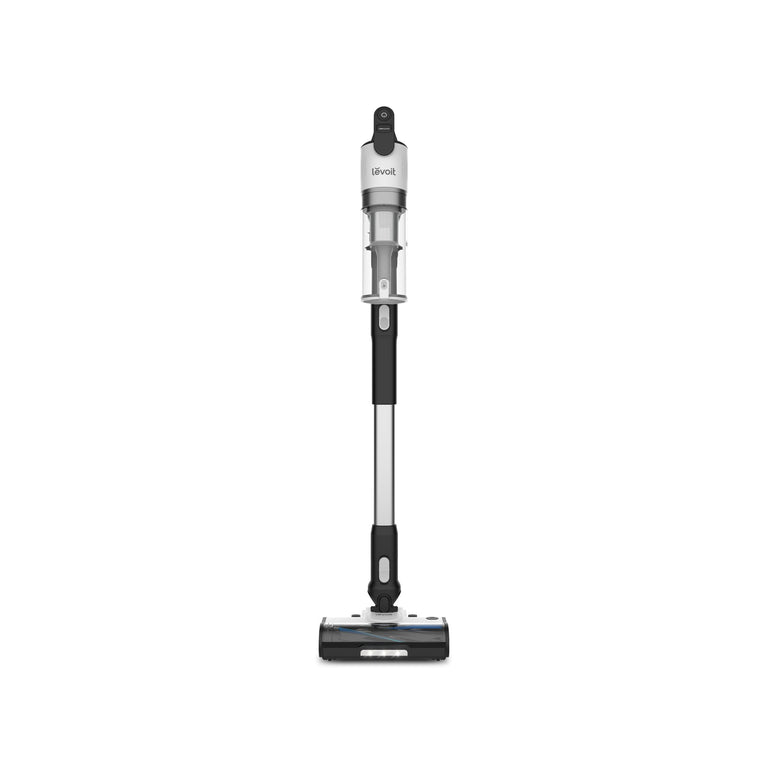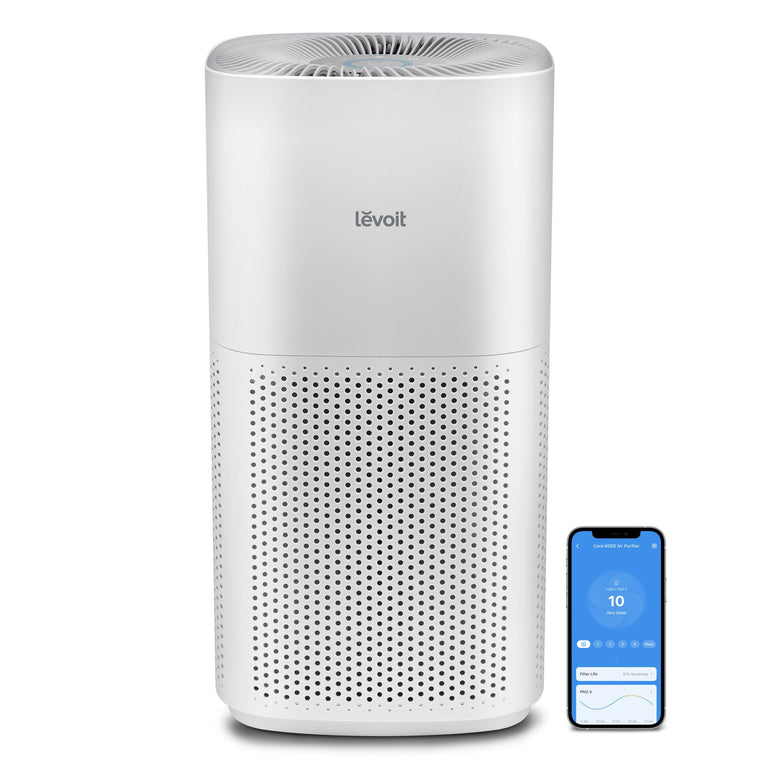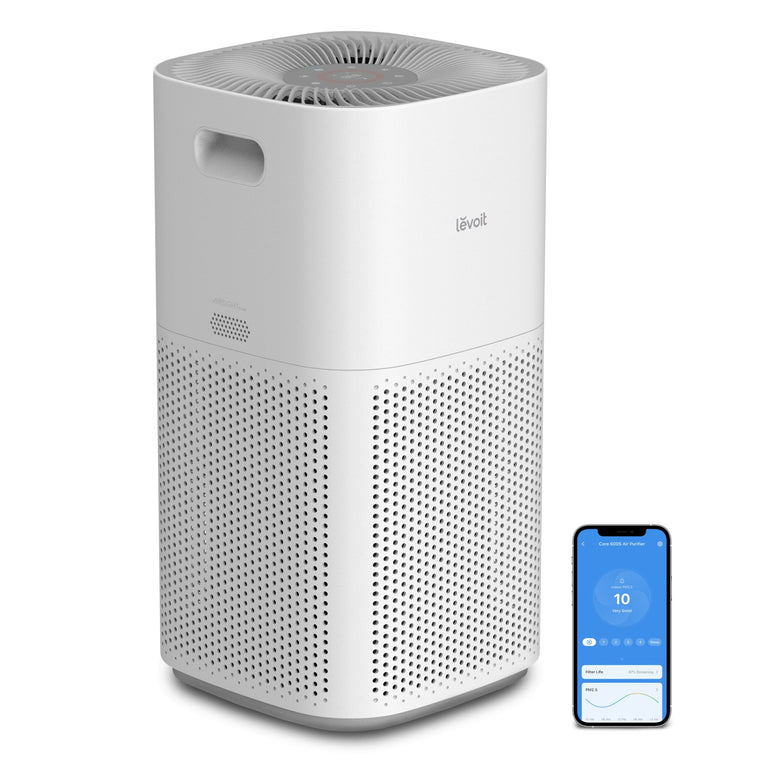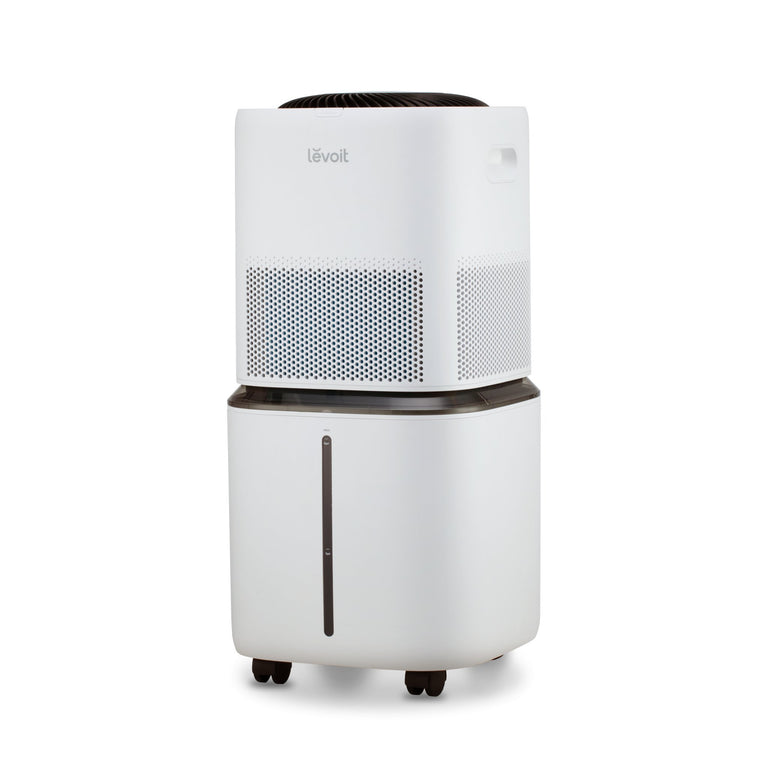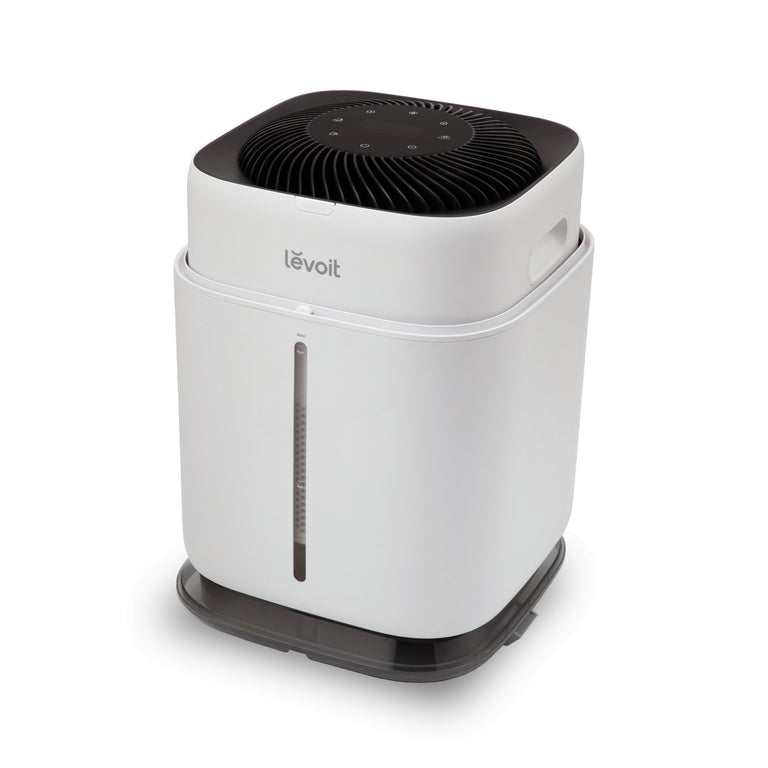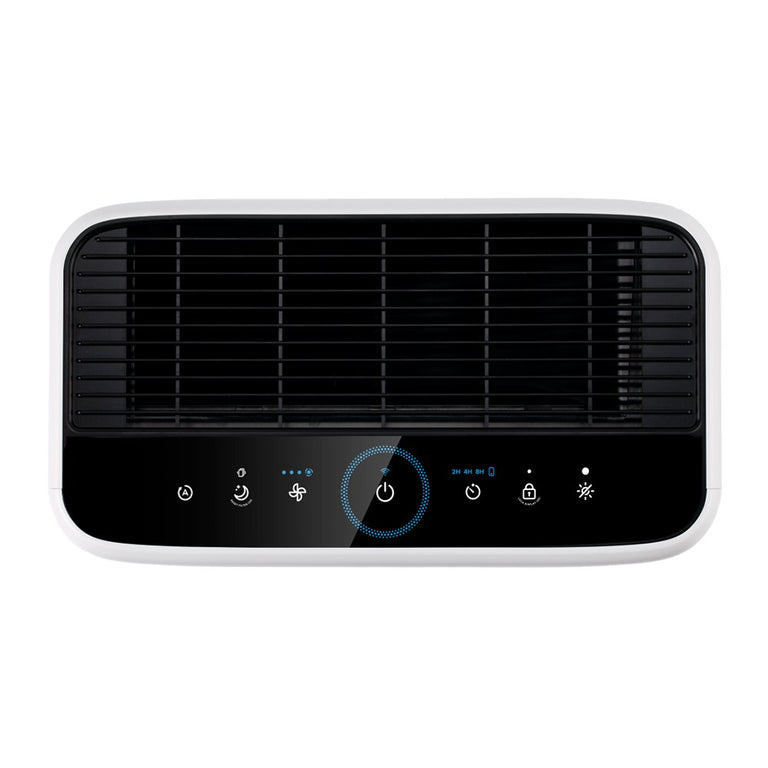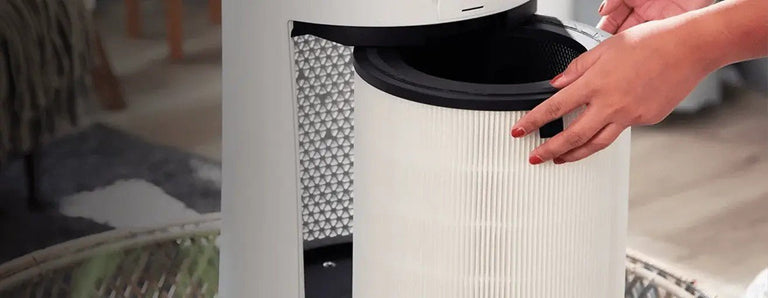
Fresh Air Ahead: Selecting the Best Air Purifier Filter
-
1 min read
What to Look for in an Air Purifier Filter
When we think about keeping our homes clean, we often overlook the air we breathe. However, the tiny, invisible particles floating around in our homes can affect our health. This is where the role of an air cleaning device comes into play, particularly the part that traps these particles: the filter. Essentially, these components are the heart of the device, designed to capture and remove various pollutants from the air inside our homes.Filters come in various types, each tailored to target specific pollutants, ensuring that the air in your home is as clean as possible. Let's dive into the most common types you'll encounter:
- HEPA Filters: Standing for High-Efficiency Particulate Air, these are among the most effective types available. They are efficient at capturing microscopic particles, including dust, pollen, and even some bacteria, making them a top choice for anyone looking to reduce allergens in their home.
- Pre-Filters: Think of these as the first line of defense. Positioned before the main filtering component, they catch larger particles, such as hair and larger dust pieces. This not only helps improve the air quality but also prolongs the life of the main filter by preventing it from getting clogged up too quickly.
- Activated Carbon Filters: While the above filters are great for particles, activated carbon goes a step further by tackling odors and gases. This type of filter uses a special form of carbon that has been treated to open up millions of tiny pores between carbon atoms, which adsorb odorous substances and gases, making it ideal for removing smells from cooking, smoke, and pets
The Significance of HEPA Filters
HEPA filters stand out in air purification technology due to their remarkable efficiency in capturing airborne particles. These filters are engineered to trap at least 99.97% of airborne particles that are 0.3 microns in diameter, which includes a wide range of allergens, dust mites, pollen, and even certain bacteria and viruses. The precision of HEPA filters lies in their dense mat of fibers, which are arranged in a way that traps particles through a combination of mechanisms, including blocking, trapping, and diffusion.
Pre-Filters: The First Line of Defense
Pre-filters serve as the unsung heroes in the realm of air purification, acting as the initial barrier against larger airborne particles. These components are strategically placed before the main filters in an air purifier system, tasked with intercepting larger debris such as hair, dust, and pet dander before they reach the more delicate and fine-pored HEPA filters or other specialized filtering mediums.
The primary function of pre-filters is to extend the lifespan of the main filters. By capturing the larger particles, pre-filters prevent the main filters from becoming prematurely clogged, ensuring that they can perform at optimal efficiency for a longer period. This not only maximizes the filter's effectiveness but also translates into cost savings for the user by reducing the frequency of filter replacements.
Pet Dander and Air Purification
Pet dander poses a significant challenge to maintaining high indoor air quality, especially in homes with furry friends. These tiny, often invisible particles can easily become airborne, spread throughout your home, and could potentially exacerbate physical discomfort caused by allergies or asthma in sensitive individuals. The persistent nature of pet dander, coupled with its small size, means it can linger in the air for a long time and settle on various surfaces, making it a stubborn component to eliminate.
Addressing the issue of pet dander typically requires a targeted approach through effective air purification. Specific filters within air purifiers are designed to tackle these minuscule particles head-on. HEPA filters are particularly effective against pet dander: these filters can capture and significantly reduce the amount of dander particles from your home.
Air purifiers equipped with pre-filters can provide an additional layer of defense. Pre-filters capture larger particles, including pet hair, which is often pet dander's initial vehicle into the air. By removing these larger particles, pre-filters not only extend the life of the inner filter but also contribute to a more comprehensive solution for pet dander.
The effective removal of pet dander from indoor air relies on a multi-faceted filtration strategy. By utilizing air purifiers equipped with a combination of filter types, homeowners can significantly reduce the presence of airborne pet dander. This not only leads to cleaner indoor air but also creates a more comfortable living environment for everyone, particularly for those that have discomfort from allergies or asthma.
Choosing the Right Air Purifier Replacement Filters
Selecting the appropriate replacement filters for your air purifier is an important step in maintaining optimal air quality in your home. Over time, filters become saturated with particles they have trapped, reducing their efficiency and effectiveness. Here are some tips on when and how to choose the right replacement filters, along with the importance of compatibility and efficiency.
Knowing When to Replace Your Filters
The lifespan of air purifier filters varies depending on several factors, including the type of filter, the air quality in your home, and how frequently the air purifier is used. Generally, pre-filters need to be replaced or cleaned every 2–3 months, HEPA filters approximately every 12 months, and activated carbon filters every 3–6 months. However, these are just general guidelines, and it's important to monitor your air purifier's performance and replace the filters as needed.
How to Choose the Right Filters
- Check Compatibility: Always ensure the replacement filters you purchase are compatible with your air purifier model. Using incompatible filters can damage your device or significantly reduce its efficiency.
- Genuine Replacement Filters: Make sure to purchase the filter that was designed for your air purifier. Cheaper, off-brand alternatives might not be as effective and could damage your air purifier, costing you more in the long run.
Importance of Compatibility and Efficiency
Compatibility ensures that the replacement filters fit perfectly in your air purifier, preventing unfiltered air from bypassing the filter—a common issue that can occur with ill-fitting replacements. It also
guarantees that the air purifier operates as designed, without any additional strain on the system that could lead to malfunctions or reduced lifespan.
Efficiency is equally important, as it determines how well the filter will remove pollutants from your indoor air. High-efficiency filters, such as HEPA, are capable of trapping more and smaller particles, providing cleaner air. However, the efficiency needs to be balanced with your air purifier's capabilities; overly dense filters can restrict airflow, reducing efficiency and possibly damaging the air purifier.
Choosing the right replacement filters is about more than just maintaining air quality; it's about ensuring the longevity and effectiveness of your air purification system. By focusing on compatibility and efficiency, and by understanding your specific needs, you can ensure your air purifier continues to provide a healthier indoor environment.
Maintenance and Care of Air Purifier Filters
Proper maintenance and care of air purifier filters are essential for ensuring your device operates efficiently and effectively over its lifespan. Different types of filters require varying levels of attention, from regular cleaning to periodic replacement. Here are some guidelines on how to maintain and clean the common types of filters found in air purifiers, along with the impact such maintenance has on their performance and lifespan.
Frequently Asked Questions
How often should air purifier filters be replaced?
The frequency of filter replacement varies by type. These are some general guidelines:
Pre-filters: Clean or replace every 2–3 months.
HEPA filters: Replace every 6–12 months, depending on usage and air quality.
Activated carbon filters: Replace every 3–6 months.
Always refer to the manufacturer's guidelines for the most accurate maintenance schedule.
Can air purifier filters remove odors as well as particles?
Yes, air purifier filters can remove both odors and particles. While HEPA filters excel at capturing particles, activated carbon filters are best suited for eliminating odors and gases. Many air purifiers combine these filters to provide comprehensive air purification.
Are air purifier filters expensive to replace?
The cost of replacing air purifier filters can vary widely based on the air purifier model, filter type, and frequency of replacement. While some filters might be pricier, investing in quality filters ensures your air purifier is optimally performing. Considering the benefits, many find the investment worthwhile for maintaining high indoor air quality.
Important Note
The information provided here is for informational and educational purposes only and should not be used in medical emergencies or for diagnosing or treating any medical condition. It's crucial to consult a licensed medical professional for diagnosis and treatment. External links are for informational purposes and do not constitute endorsements. No warranty of any kind, either expressed or implied, is made as to the accuracy, reliability, timeliness, or correctness of the information provided herein.Featured Products
-
Best SellerModel: LAP-V201S-WUS
- New
- Smart
- Large rooms
-
Model: LAP-C161-WUS
- Small rooms
-
Best SellerModel: Core 300S
- Smart
- Medium rooms
-
Best SellerModel: LAP-EL551S-AUS
- New
- Smart
- Large rooms
